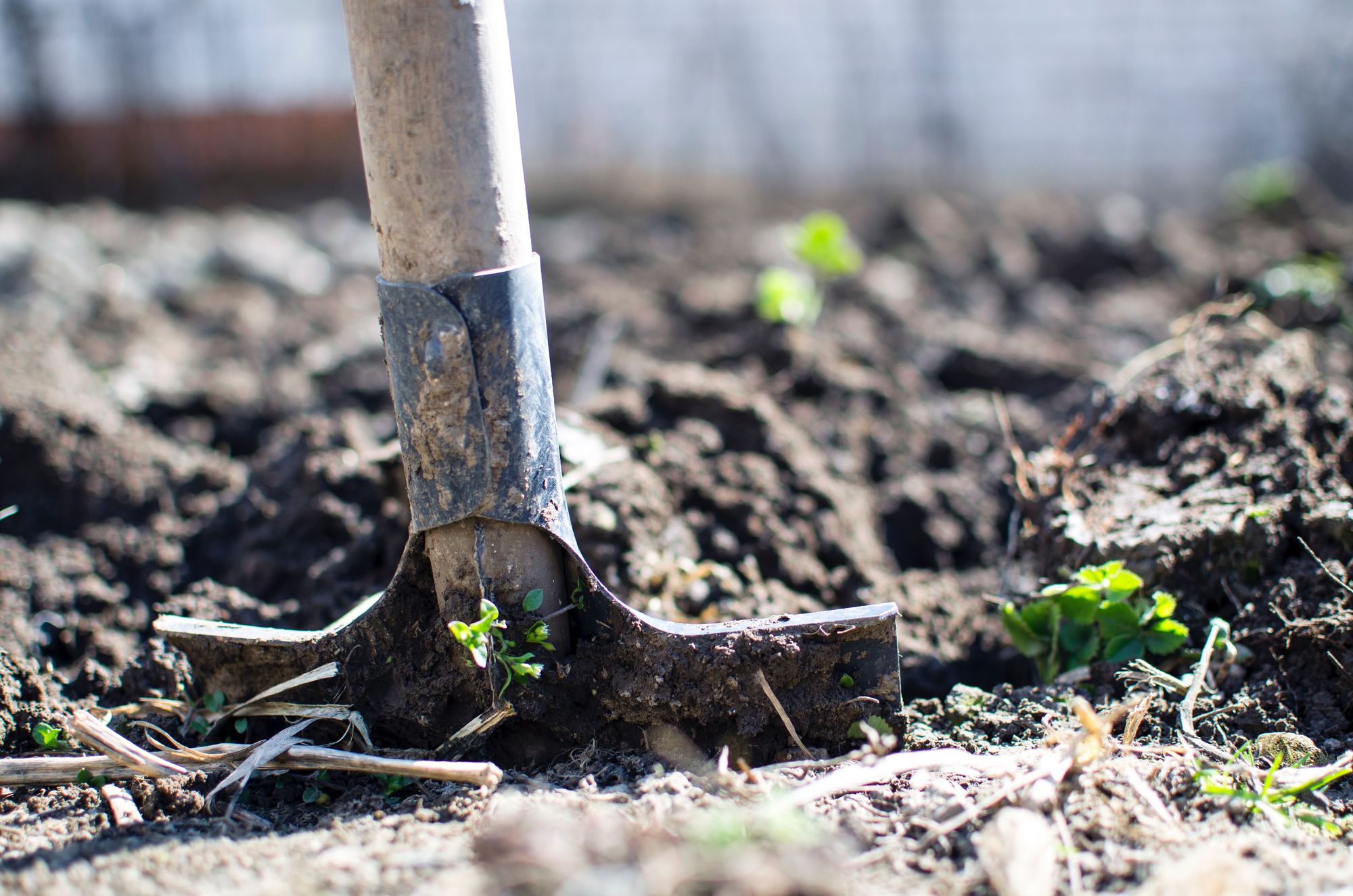While biofertilizers have been present on agricultural input markets for many years, they have yet to truly make an impact.
Much of this has been due to ag retailers’ slow acceptance of biofertilizer technology, with some even believing biofertilizer products to be fake, ranking alongside aromatherapy and homeopathy. As Rad Page, Chief Commercial Officer for PlantResponse, recently noted, “The biggest misconception is that there is not much science around these product categories. That may have been the case 15 to 20 years ago, but not today. Today, many of these products have been built with cutting-edge technology that can truly define the mode of action and quantify efficacy.”

In fact, the evidence behind the power of biofertilizers and their ability to improve crop yields has never been stronger.
For example, in one recent test, when a potash and biofertilizer mix was applied to sugar beet it was found to produce taller plants with larger roots than applying potash alone.
Further studies are also ongoing, with the potential to break up the concepts of conventional fertilizer application for ever.
As Dr John Bailey, the Senior Product Manager at BiOWiSH Technologies, highlights, “We recently conducted research with the University of Missouri, evaluating our biofertilizer. If it can be demonstrated that banding lower rates of biofertilizers with strip-tillage, for example, maintains or improves yields, combining these practices could become the standard to meet land stewardship goals associated with fertilizer efficiency and reducing environmental impacts on farming.”
You can read more about the ability of biofertilizer to improve crop yields here. Biofertilizer Industry Removing Myths and Misconceptions.
But although the science is increasingly accepted, and with biofertilizer products making significant headway into markets, there remains industry concerns behind the economics of expanding biofertilizer use. As Giovani Theisen of the Brazilian Agricultural Research Corporation (EMBRAPA), notes, “Sometimes the cost of transporting bio-fertilizer (my experience is from Brazil) is very high because of its low concentration”
While it is true that some biofertilizer products are bulky and can take extra effort to transport and apply (especially given the ‘living’ status of the product), the biofertilizer industry is already responding to the issue of logistics.
“The challenge with biofertilizers has always been how to deliver them to the farm in a viable form,” says Jane Fife, Chief Science Officer for 3Bar Biologics. “As a living product, the microbes need to remain viable from manufacturing all the way to use in the field. At 3Bar Biologics, we’ve overcome this challenge by delivering a disposable bioreactor product. With the most viable bacteria being applied with the seed, the bacteria can more effectively colonize the seedling and root system to enable faster emergence and healthier early growth of the plant.”
This is especially relevant, given the potential for increased sales in developing countries where infrastructure problems can make transporting large quantities of fertilizer very difficult.
Alongside developments in handling biofertilizers, the industry is also benefitting from growing demand for organic food in Western markets.
“We have seen an increase in the use of biofertilizers in the Midwest, particularly on grain acres and grain for livestock feed,” says Randy Dodds, Product Manager for the nationwide, premium beef producer BRANDT. “This is being driven by increased consumer demand for organic-certified beef, poultry, and dairy. We are seeing an increase in the use of organic lignosulfonates and organic-based products.”
This trend, alongside environmental concerns from conventional fertilizer production, is beginning to be felt across many mature markets, with fertilizer industry analysts predicting continued sales expansion. Climate change, sustainability, soil health, and the need to participate in the circular economy are all pushing farmers to reassess their approach to crop nutrition.
“Biofertilizer suppliers are expecting to see a level of market growth from their products,” says Rad Page from PlantResponse. “We anticipate rapid adoption in the next two to five years as consumers and governmental agencies continue to demand ‘softer’ alternatives with regards to managing/improving plant health.”
If these trends continue, then the agricultural industry will soon need to look beyond conventional soil inputs.
A point highlighted by Murray Van Zeggelaar, Vice President of NACHURS, a major fertilizer producer for the North American market, when he said, “As fertilizer applications increasingly come under the microscope from the perspective of environmental stewardship, biofertilizer products will be called upon to help growers to create a 4R nutrient strategy for their farms. These products help plant tolerance to biotic/abiotic stress as well as nutrient use efficiency.”
And while the finer points of precision fertilizing and global CO2 emission limits may be missed by large parts of the farming community, then the economics and simplicity of biofertilizer products is still likely to win through.
As the industry journal, Crop Life, reports, “Moving forward, experts predict that biofertilizers will continue to grow across all of agriculture, globally. In fact, according to a study conducted by research firm DunhamTrimmer, the overall biologicals market could increase to $11 billion [from the current $1 billion] by the year 2025.”
The reason, as Dr Lali Tabatadze, from the Agricultural University of Georgia, succinctly notes, is simple, “Using biofertilizers is cheaper and at the same time ensures environmentally clean food production.”
And what’s not to like about that?
Photo credit: Afdb, Youtube, Agroproducts, Livingsoils, Phosphateprice, Dti, & Farmanddairy
